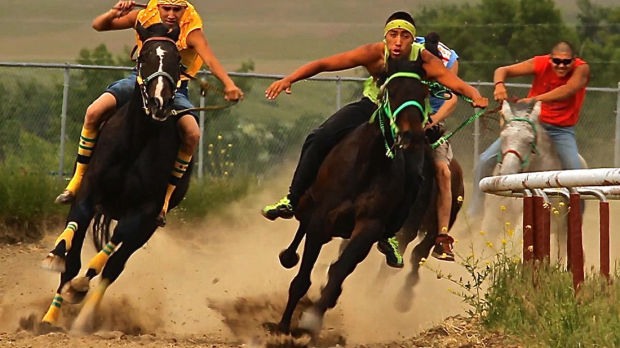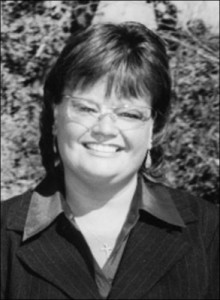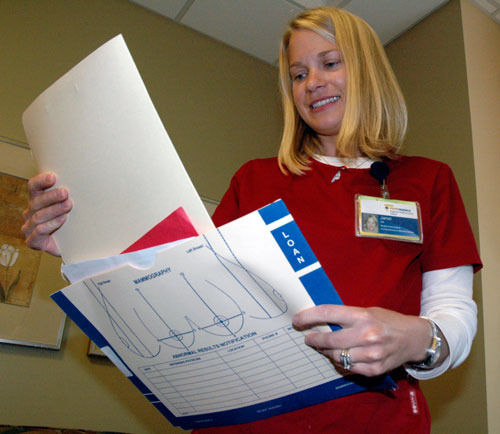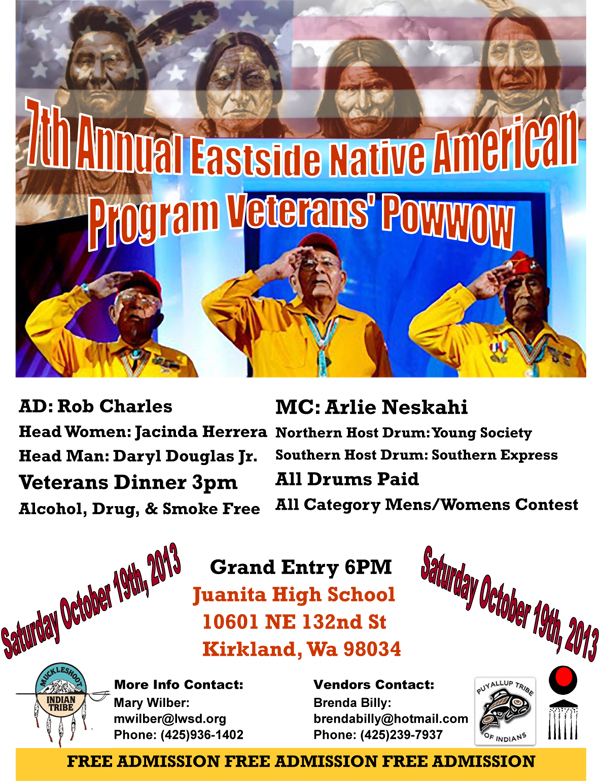Largely unknown to mainstream America, Indian relay is a race like no other.

October 20, 2013
By MARGA LINCOLN Independent Record
Fast and furious — Indian relay racing is like no other horse racing and no other sport you’ve ever seen.
And it’s largely unknown to mainstream America.
A new documentary by MontanaPBS, “Indian Relay,” focuses on this unique and dangerous sport. Before the film premieres nationally in November, Helenans can get a free sneak preview 7:30 p.m. Thursday, Oct. 24, at the Myrna Loy Center.
Filmed by Charles Dye, a Northwest Regional Emmy-award winner, it was written by Montana educator and poet M.L. Smoker, who is Assiniboine and Sioux.
You’ll see incredible and daring race film footage from a host of relay races in Indian Country and then the Indian Relay National Championships in Blackfoot, Idaho, in 2011.
Along the way, you travel with rider Myles Murray from Browning, Zack Rock and Kendall Old Horn of Crow Agency and Lance Tissisimit and Alonzo “Punkin” Coby, who are Shoshone-Bannock from Fort Hall, Idaho.
In this sport, riders race bareback at top gallop around a track. After one lap, barely slowing down, they switch horses by leaping down from one and onto another. After galloping around the track the second lap, the riders again leap onto a fresh horse and race to the finish line.
“These riders are very athletic and very fearless,” said Old Horn, who has been involved in Indian relay racing for 37 years.
“You could take any Indian relay rider and he could play with the best basketball and football players,” he said. “But you can’t take the best football or basketball player and put them in Indian relay. Professional jockeys wouldn’t touch Indian relay with a 10-foot stick. The degree and skill it takes to be an Indian relay rider is night and day from any other sport.”
With the sport comes a whole set of lingo — besides the rider, there’s a mugger who catches the rider’s horse when he dismounts, the set-up guy (or exchange holder) who holds the fresh mount, and then a back holder with the next fresh horse.
After the rider gallops off, the back holder passes the fresh horse to the set-up guy, while the mugger passes the horse he’s just caught to the back holder.
“There’s quite a bit of choreography that’s involved,” said Dye, the film’s director and producer. It takes a real trained team effort.
There’s also quite a bit of chaos and danger on the track throughout the race.
“It’s a unique and beautiful … sport,” said Dye. “It’s just amazing. Those thoroughbreds are huge. These guys are brave, and these horses are too. The horses are also athletes.”
Before he started making the film, Dye went to all the relay races in 2010.
“I wanted to see what it would look like with different camera angles,” he said. “It’s almost impossible to capture so many pieces.”
By the time his crew filmed the Indian Relay National Championship in Blackfoot, Idaho, in September 2011, they had 13 cameras running.
“The challenges were many,” Dye said. “The film is just one small bit of relay.”
One of the biggest challenges was after interviewing teams for months and filming them train and race in relays all over Indian Country, Dye had to edit it all down to a 1-hour film that primarily focuses on just three teams.
His interest in Indian relay was first piqued years ago, when he was filming the Montana PBS documentary, “Before There Were Parks,” which showed the views of Native people on the creation of Yellowstone and Glacier National parks. It aired at the time of Ken Burns’ 2009 PBS series “The National Parks: America’s Best Idea.”
“My curiosity was building,” said Dye, who had been seeing photos in different homes showing various Indian relay races. “I couldn’t figure out the photos. It didn’t look like standard horse racing.”
When Aaron Pruitt, director of content at MontanaPBS, heard Dye first describe “this crazy, dangerous, exhilarating sport,” he was surprised.
“I’m a native Montanan,” said Pruitt, “and I’d never heard of this. We were thrilled to tell this contemporary and popular story.”
“They did a good job,” said Old Horn. “I think the film speaks for itself.”
“It’s a very short version of the story,” Old Horn added. “To see the full impact and how Indian relay affects Indian families and Indian Country, you’d have to do a whole series.”
He’s hoping the documentary draws more attention to the thrilling sport and attracts bigger crowds and sponsorships.
The free screening is sponsored by Montana Historical Society, Montana PBS and the Myrna Loy Center. Pruitt and Smoker and possibly some of the participants will attend the show.
“Indian Relay” makes its MontanaPBS Broadcast premiere at 7 p.m. Thursday, Oct. 31.
It’s also been selected by PBS’ five-time Emmy Award-winning series “Independent Lens,” and will premiere before national public television audiences on Nov. 18.
“It’s very prestigious for the film to have it selected by ‘Independent Lens,’” said Pruitt, who is also a co-producer for the film.
It was edited by Katie Lose Gilbertson and it was shot by Emmy-award winning cinematographers, Daniel Schmidt, Dawson Dunning and Rick Smith. Wayne Smith Jr., of the Blackfeet tribe, was an associate producer for the film.














